How individuals shop for perfumes is evolving. Gone are the days of shopping in stores, fragrance enthusiasts now demand a smooth, digital experience; one in which they can discover scents, learn from expert reviews, and have their favorite perfumes delivered at their doorstep with ease. This revolution has created Perfume Shopping App Development, with apps like TATAYAB creating new standards for luxury and convenience in perfume retailing.
If you want to develop a perfume shopping app that engages users and generates sales, you need something more than an online store. From AI-driven scent suggestions to smooth payment and delivery integrations, building a high-performing app takes the right combination of technology, user experience, and business strategy.
Here in this guide, we will disassemble all you should know, from essential features to development best practices, to assist you in creating a killer perfume shopping app like TATAYAB that can compete with the industry giants.
Let’s get started!
Understanding the Business Model of TATAYAB
Before diving into development, it’s important to learn about the business model for TATAYAB and other perfume shopping apps. TATAYAB is a Gulf success story; since 2018, it’s rapidly become the largest online platform for perfumes, cosmetics, and beauty products in the Gulf.
Understanding how TATAYAB earns money and involves customers will guide your own app strategy.
Direct Product Sales:
Like a conventional retailer, apps are also able to purchase perfumes (and allied products such as oud, candles, etc.) from brands or distributors in bulk and sell it directly to customers at a markup. This was TATAYAB’s original model – carrying a good selection of branded fragrances and beauty products and making a profit on every sale. With such a large inventory (TATAYAB has both international designer fragrances and local Arabic scents), direct sales can be high if you get good supplier prices and sell volume.
Commission from Vendors:
As the platform expands, you could permit third-party vendors or perfume brands to list their products on your app (making it a multi-vendor marketplace). In this model, your app charges a fee on every sale completed by those vendors. That’s how Amazon’s marketplace operates. For a perfume shopping app development, a commission model implies you offer the marketplace and customers, and various perfume vendors (such as niche artisanal players or local boutiques) sell on your platform. You receive a percentage (e.g. 10-20%) of each sale. This model can quickly increase product assortment without having to carry all inventory, but it demands strong vendor management and escrow processes. Developing an app like TATAYAB with marketplace functionality would require vendor-specific interfaces and commission management in the backend.
Subscription Services:
Subscription-based income is another promising source. This might come in several forms. One is a subscription box model – for instance, the U.S.-based company Scentbird grew a successful business by providing subscribers with a monthly dose of perfume samples for a flat rate. Customers get to experience new fragrances every month, and the company derives recurring income. Another subscription model is a premium subscription for consumers on your app (e.g., pay $X annually to enjoy free shipping, special discounts, or early notification of new arrivals – like Amazon Prime but for fragrance). Although TATAYAB proper is more concentrated on direct selling, businessmen can take the cue from such models to reinforce monetization. The success of Scentbird which raised $18.6 million in funding in 2018 for its fragrance subscription service shows investor confidence in subscription-based fragrance sales. (Growjo)
Customer Engagement Strategies
One of the most important aspects of TATAYAB’s model is its emphasis on customer retention and engagement. Perfume is a personal, mostly luxury, product; retaining loyal customers is priceless.
Some of the strategies employed by TATAYAB and its competitors include:
- Loyalty Programs: Providing points or rewards with every purchase, which are redeemable by customers in terms of discounts or freebies. These programs promote repeat buying.
- Discounts and Promotions: Regular promotions, seasonal promotions (such as during holidays), and coupon codes (like those offered by TATAYAB’s promo codes and vouchers) attract people and push conversions. Time-sensitive promotions on high-demand brands create a sense of urgency.
- Personalized Marketing: Most of perfume shopping app developments also use customer information to push personalized push notifications or emails; for instance, suggesting a new oud scent to a customer who purchased bakhoor incense previously, or offering a birthday discount coupon on a user’s favorite brand. Much of this is enabled through predictive analytics in eCommerce, which helps brands anticipate customer preferences and behaviors.
- Content and Community: Certain perfume shopping apps involve users with content such as blog entries on perfume tips, user reviews, and even influencer collaborations (e.g., having well-known beauty influencers curate collections on the app). TATAYAB’s active social media presence in the Gulf market made it a hit among perfume enthusiasts. By building a community of perfume fans, an app can drive word-of-mouth and organic growth.
Why build a dedicated perfume app like TATAYAB instead of just selling on a general platform?
The competitive advantage here is specialization and expertise. TATAYAB stands out by concentrating on fragrance and beauty products, offering a very large selection that may not be available in one physical location. It accommodates local preferences (for instance, offering numerous ouds and bakhoor varieties that are particularly popular in Middle Eastern markets).
By being a specialist, the app can offer deep product information, breakdown of fragrance notes, and recommendation tools specific to perfume buyers. Furthermore, a well-crafted perfume app solves the largest friction in perfume eCommerce, not being able to smell the product; by using reviews, descriptive details, and even AI-driven fragrance recommendations to inform users. Quick delivery and good packaging can enhance the desirability, simulating an upscale in-store experience in the home.
In short, knowing TATAYAB‘s business model reveals that a perfume shopping app generates revenue from product sales (and potential commissions), keeps users through intelligent engagement (personalization, loyalty), and remains competitive through the best selection and customer experience in its niche. Building on that, let’s examine what features such an app must have to thrive.
What are the features to be included in a Perfume Shopping App Development?
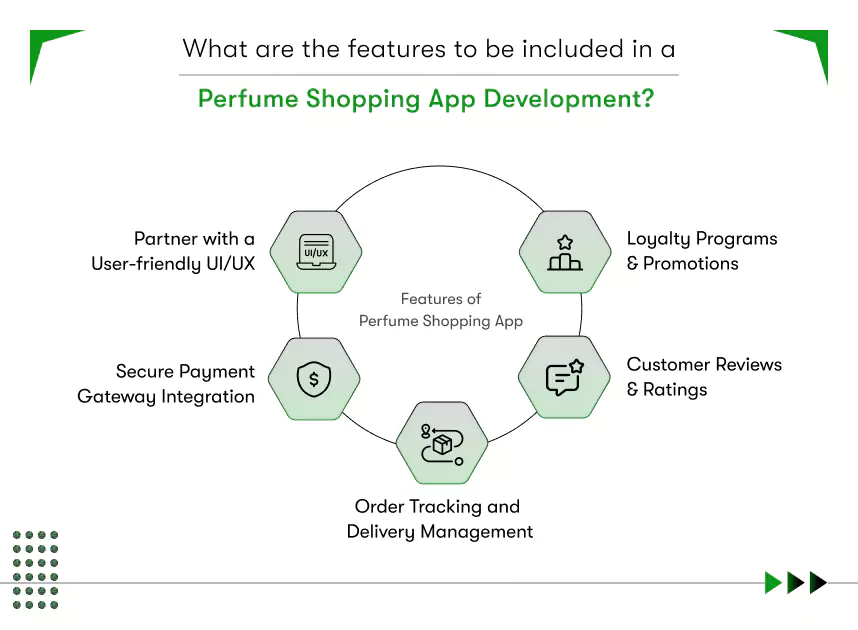
When setting out to develop a perfume shopping app, getting the right feature set is essential. The app should not only facilitate online purchasing but also make up for the absence of a physical “smell test” and gain the trust of users.
Below are key features and functionalities to incorporate:
1: User-friendly UI/UX
- Intuitive and visually appealing design
- Effortless navigation
- Luxury-inspired aesthetics
- Smooth and engaging shopping experience
- User-friendly onboarding process
- Optimized for all users, including non-tech-savvy customers
2: Secure Payment Gateway Integration
Reliable and secure payment gateways:
Support multiple payment options: credit/debit cards, digital wallets (PayPal, Apple Pay, Google Pay), bank transfers, and Cash on Delivery (COD) if preferred by the target market.
Encryption and compliance for safety:
- Ensure SSL encryption and PCI compliance to protect card transactions.
- Give users confidence in saving their payment details securely.
Seamless and quick checkout process:
- Minimize checkout steps to reduce cart abandonment.
- Offer guest checkout and express payment options for faster transactions.
Regional payment preferences:
Adapt payment methods based on market demands, like COD is common in GCC countries, while other regions rely on local e-wallets.
Convenient and secure purchasing experience:
The goal is to provide a smooth, hassle-free, and trustworthy checkout process that encourages conversions and repeat purchases.
3: Order Tracking & Delivery Management
Real-time order tracking for transparency:
- Keep users informed with status updates like “Processing,” “Shipped,” “Out for Delivery,” and “Delivered.”
- Integrate with logistics providers’ APIs for automatic updates or use a manual admin panel for local couriers.
Enhanced customer experience with real-time tracking:
- Show the courier’s live location or estimated delivery time for better tracking.
- Allow users to view order history and details anytime within the app.
Efficient admin-side delivery management:
- Features to assign orders to drivers/services, update tracking numbers, and confirm deliveries.
- A dedicated delivery personnel app/module can help manage in-house delivery fleets, showing routes and delivery status updates.
Proactive customer communication:
- Send push notifications or SMS alerts when an order is shipped, out for delivery, or successfully delivered.
- Keeps customers engaged and reduces unnecessary support queries.
Optimized for seamless delivery operations:
Whether using third-party logistics or an in-house fleet, a well-integrated delivery management system ensures fast and efficient order fulfillment.
4: Customer Reviews & Ratings
User-generated reviews for informed decisions:
- Since users can’t smell the perfume online, reviews help them understand scent profiles, longevity, and packaging quality.
- Implement a rating system where buyers can rate products and leave detailed feedback.
Encouraging customer participation:
- Send follow-up emails or in-app prompts post-purchase to request reviews.
- Reviews act as peer-to-peer recommendations, helping new customers make confident choices.
Moderation for quality control:
- Prevent spam or misleading information by moderating reviews before they appear.
- Ensure only authentic and helpful feedback is displayed.
Q&A section for additional insights:
- Allow customers to ask and answer questions on each product page.
- Sellers or other buyers can respond, providing extra clarity on scent, performance, or suitability.
Impact of reviews on sales & product improvement:
- High ratings and positive feedback boost sales of popular perfumes.
- Negative feedback provides valuable insights into product or packaging issues, helping businesses improve offerings.
Building transparency and authority:
A well-managed review system sets your app apart as a trustworthy perfume marketplace, where customers rely on genuine opinions before making a purchase.

5: Loyalty Programs & Promotions
Loyalty programs to encourage repeat purchases:
- Implement a points system (e.g., earn 10 points per $1 spent, redeem points for discounts or free products).
- Display loyalty balance and available rewards within the app for easy tracking.
Tiered loyalty levels for VIP customers:
- Introduce Silver, Gold, and Platinum tiers with increasing perks to incentivize frequent shopping.
- Higher tiers can offer exclusive discounts, early access to sales, or free shipping.
Built-in promo code and coupon support:
- Allow customers to apply discount codes at checkout for savings.
- Offer flash sale banners and referral bonuses (e.g., “Refer a friend and both get $5 off”).
Push notifications to drive engagement:
- Send alerts about new promotions, loyalty rewards, or limited-time discounts.
- Keep users engaged by reminding them of unused points or expiring offers.
Dedicated ‘Deals’ section to attract bargain hunters:
- Showcase ongoing offers, clearance sales, and seasonal promotions in one place.
- Make it easy for users to find the best deals without searching.
Proven strategies from successful perfume marketplaces:
Apps like TATAYAB use regular discounts and promotions to boost sales and customer retention.
Apart from the aforementioned key features, don’t overlook other common eCommerce app features including: Wishlist (allowing users to save items for future consideration), Social Media Integration (Facebook/Google login, posting products to social networks), and good customer support (perhaps an in-app chat or at least direct access to help/FAQ and contact details). All of these put together will build an inclusive user experience for your perfume shopping app, the same as seen in market leaders like TATAYAB.
Step-by-Step Guide to Developing a Perfume Shopping Delivery App
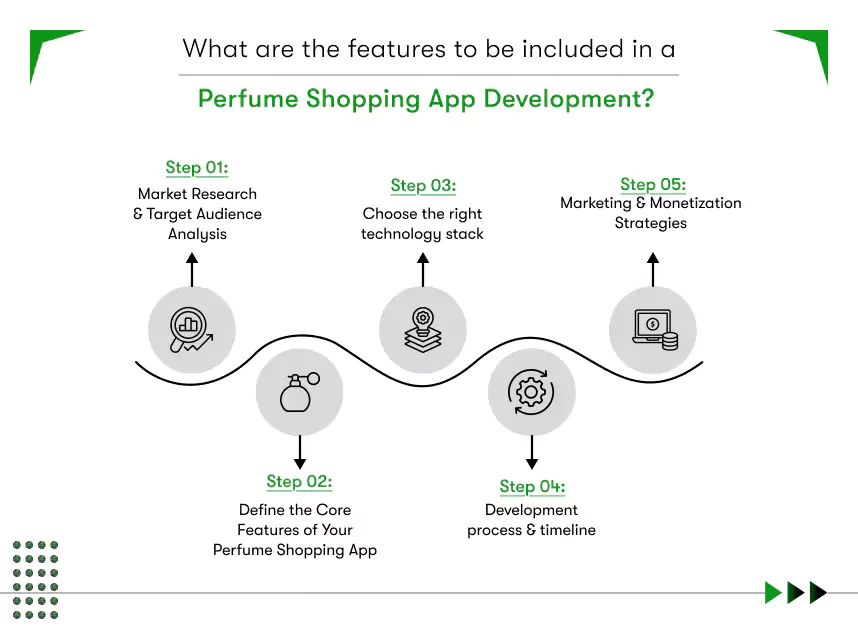
The perfume market is going digital, and perfume shopping app development has become a sought-after trend for startups and retailers alike. Fragrance shopping and delivery apps such as TATAYAB are making it easier than ever before for customers to shop and purchase their desired fragrance online. In the aftermath of global retail shift, the demand for fragrance eCommerce has significantly increased.
The global perfume market size was valued at USD 50.85 billion in 2022 and is expected to register a compound annual growth rate (CAGR) of 5.9% from 2023 to 2030. (Grand View Research)
However, creating a fragrance eCommerce app requires careful planning and execution. Below is a structured roadmap to help you develop an app like TATAYAB effectively.
Step 1: Market Research & Target Audience Analysis
Before diving into development, knowing your target audience is crucial. Who are your potential buyers? What type of perfumes do they seek?
Market Insights
GCC nations (UAE, Saudi Arabia, Kuwait, etc.) are some of the biggest consumers of high-end perfumes, with sales online booming owing to convenience. UAE Perfume market size was worth around USD 643.35 million in 2023 and is predicted to grow to around USD 1456.24 million by 2032 with a compound annual growth rate (CAGR) of roughly 9.5% between 2024 and 2032. (Zion Market Research)
Does your app address luxury perfume customers, budget consumers, or a combination of the two?
Competitor Analysis
Other than TATAYAB, try evaluating other well-liked fragrance purchasing apps in the GCC, for instance:
- Golden Scent (Saudi Arabia & UAE): For its quality collection of perfume and exclusive promotions.
- Boutiqaat (UAE & Kuwait): Provides influencer-endorsed perfume suggestions and a personalized shopping experience.
- Scentbird (Global, with UAE availability): A subscription-based service for perfume delivery.
Knowing these competitors will enable you to spot gaps in the market and differentiate your app.
Step 2: Define the Core Features of Your Perfume Shopping App
To develop a perfume shopping app like TATAYAB, you need to integrate user-centric and high-performance features.
- User Registration & Profiles
- Advanced Product Search & Filtering
- Virtual Try-On (Augmented Reality – AR)
- Secure Payment Gateway
- Real-Time Order Tracking & Notifications
- Customer Reviews & Ratings
- Subscription & Loyalty Programs
- AI-Based Personalized Recommendations
A seamless user experience ensures higher customer retention and satisfaction, leading to better sales.
Step 3: Choose the Right Technology Stack
It is crucial to select the right technology stack for seamless performance and scalability while developing an app like TATAYAB.
1: For Frontend (User Interface):
- React Native (for cross-platform development)
- Flutter (for an elegant and responsive UI)
2: For Backend (Server & Database):
- Node.js or Django for server-side logic
- MongoDB or PostgreSQL for database management
3: For Payment Integration:
- Stripe, PayPal, or Telr (popular in the GCC region)
For AI-Powered Recommendations:
- Google’s Firebase ML Kit or TensorFlow for AI-based suggestions
Opting for a cloud-based infrastructure like AWS or Google Cloud ensures scalability and security.
Step 4: Development Process & Timeline
Developing a perfume shopping app typically follows an Agile development process, ensuring flexibility and efficiency.
| Phase | Timeline | Key Activities |
| Planning & Research | 2-4 weeks | Competitor analysis, feature mapping |
| UI/UX Design | 4-6 weeks | Wireframes, prototyping, user testing |
| Backend & API Development | 8-12 weeks | Database setup, payment integration |
| Frontend Development | 6-8 weeks | App UI, navigation, search filters |
| Testing & QA | 4-6 weeks | Bug fixes, performance testing |
| Launch & Marketing | Ongoing | App deployment, SEO, paid ads |
Total Estimated Time would be 6-8 months.
Looking to speed up development? Partnering with an experienced mobile app development company can reduce development time by up to 40%.
Step 5: Marketing & Monetization Strategies
Even the best apps fail without a strong marketing strategy. How will you attract users to your platform?
Marketing Tactics:
- Influencer Collaborations: Partner with social media influencers in the GCC beauty space.
- Paid Advertising: Run targeted ads on Instagram, Snapchat, and Google.
- SEO & Content Marketing: Optimize your app store listing and website for organic traffic.
- Referral & Discount Programs: Offer incentives for first-time buyers.
Monetization Strategies:
- Commission-Based Model: Earn commissions from each perfume sale.
- Subscription-Based Model: Provide exclusive access to new launches.
- In-App Advertisements: Allow luxury brands to promote premium fragrances.
Final Thoughts: Is It Worth Investing in a Perfume Shopping App?
Given the rise in online fragrance shopping in the GCC, there is a rich business opportunity for investment in an online perfume shopping delivery app. With consumers gravitating towards online channels for making fragrance purchases, companies that welcome this change will find themselves having a huge edge in competition. The success here relies on sound execution of the plan, centering on customer experience, tech, and scalability.
To devlop a perfume shopping app that is distinctive, collaboration with a seasoned technology partner is vital. Kody Technolab Ltd is a reputed Perfume Shopping App Development partner, with strong expertise in developing smooth, high-performance eCommerce sites.
Whether you want to implement the business model of TATAYAB or add innovative aspects such as virtual try-ons and AI-driven recommendations, their professionals guarantee a personalized, user-centric solution. If you want to create an app like TATAYAB, Kody Technolab can assist you in building a scalable and secure app that addresses market needs.
With proper execution and technology partner, you can develop an app like TATAYAB and make your brand a top fragrance marketplace in the GCC and beyond.

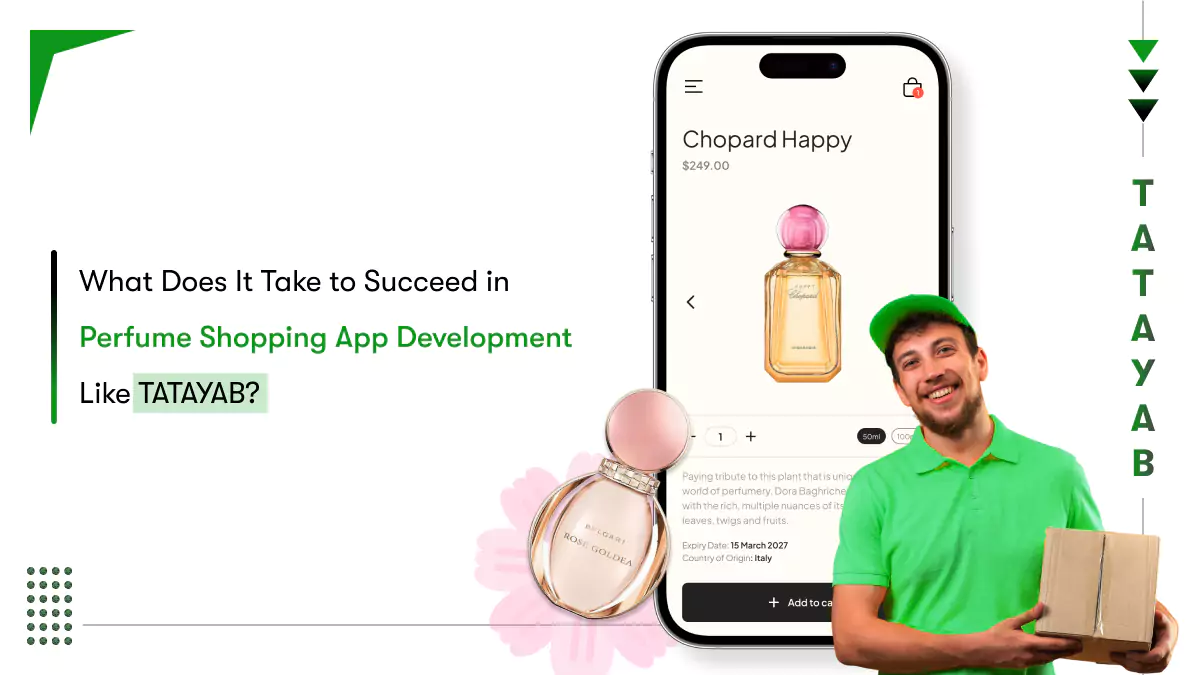

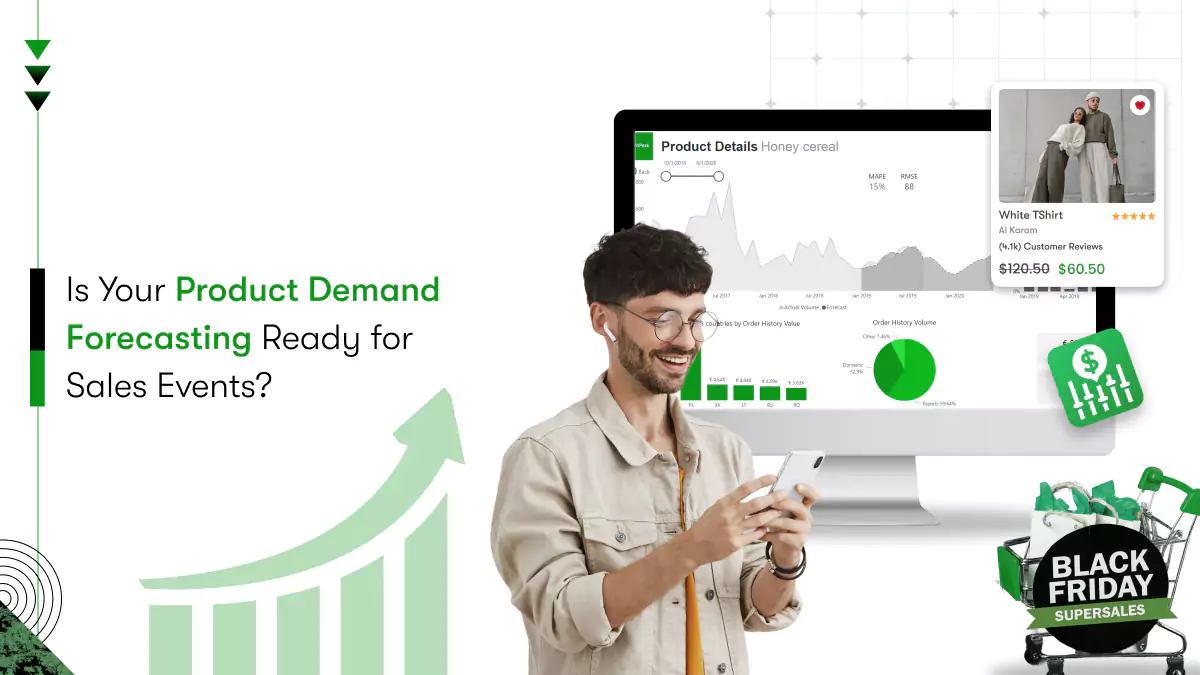
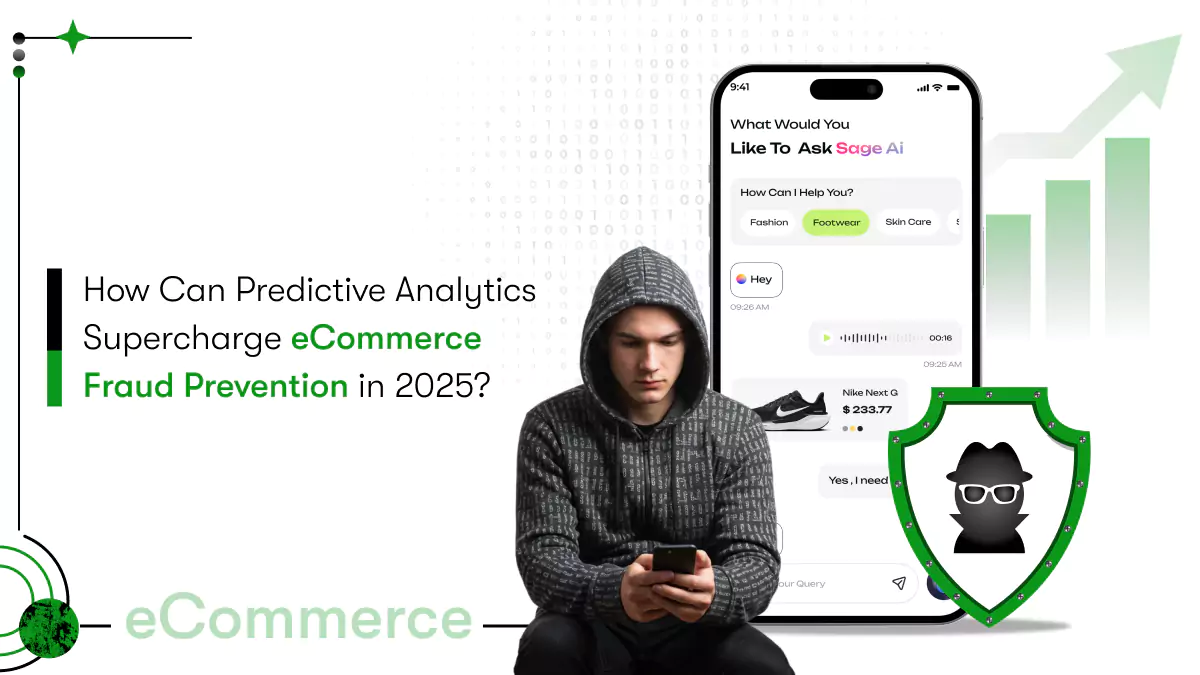
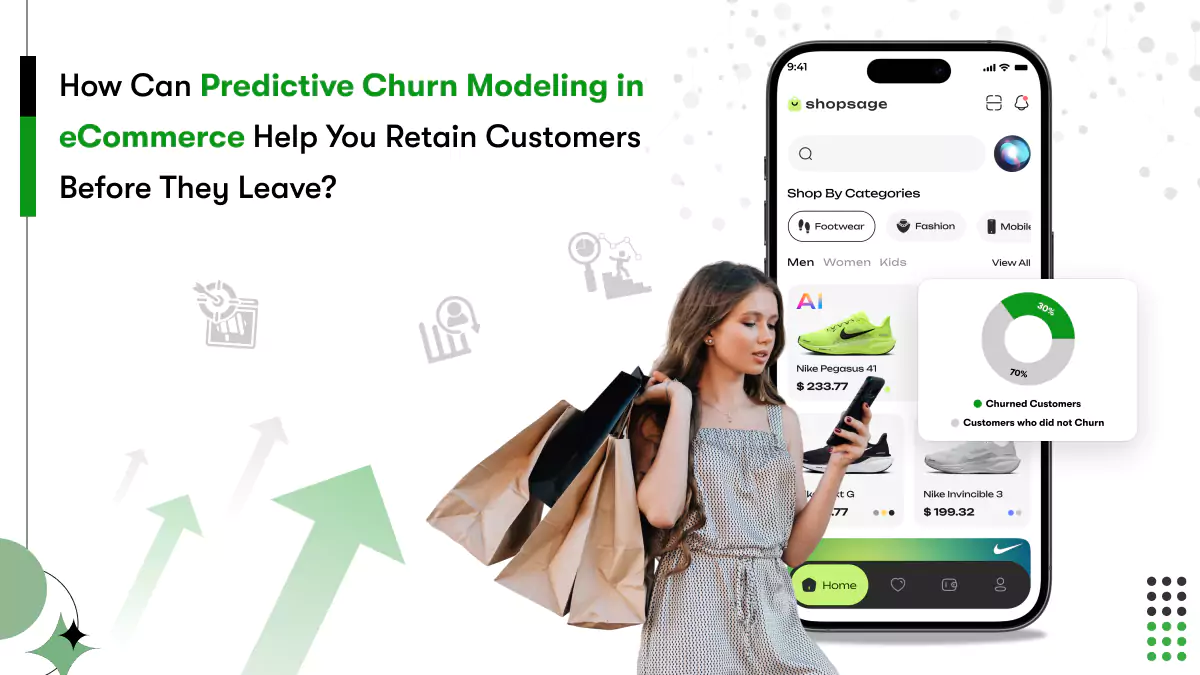
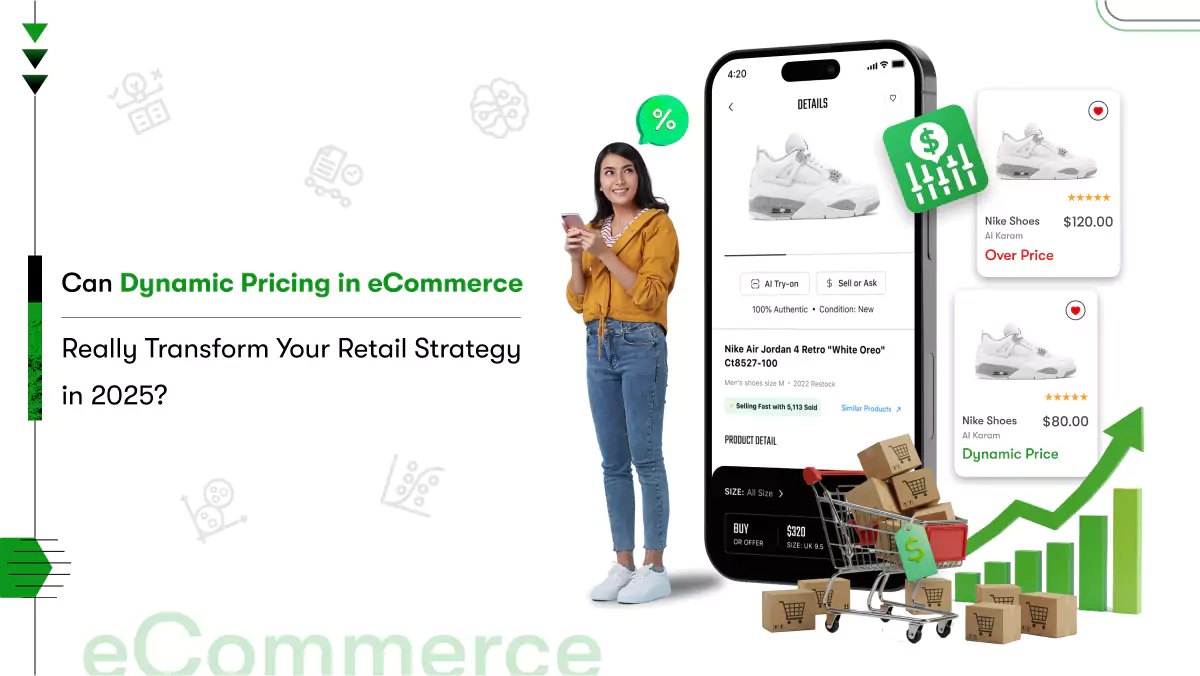






 Contact Information
Contact Information